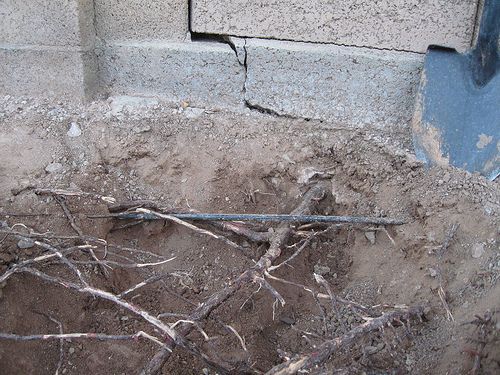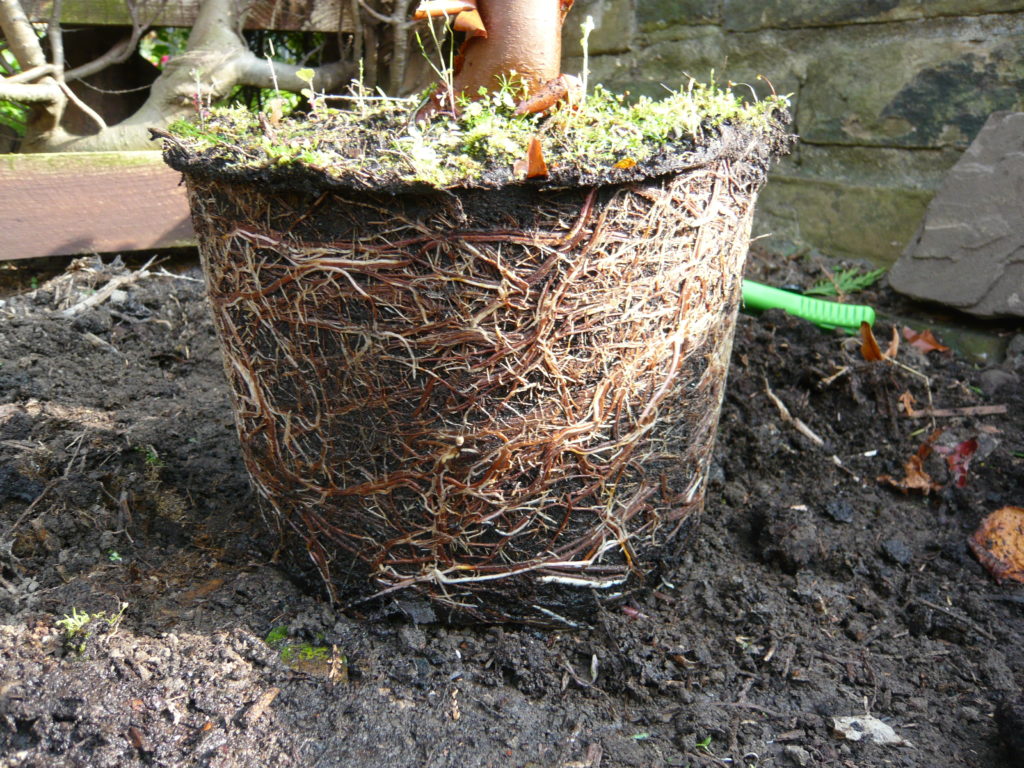Roots Root For National Tree Week
Lets get to the root of the problem, we seldom get to see roots in action but they are crucial to most plants and trees.
When it comes to trees their roots have two critical functions. Firstly they take up water and minerals. Secondly they help to anchor the tree often utilising a longer tap root. The solid root plate near the trunk normally extends as far as the leaf canopy. Thinner finer lateral roots can extend twice as far in search of water and nutrients. Other root functions for some species include storage of food or nutrients and as part of a reproduction or regeneration system.
Even today, few places can rival an English oak wood in early summer for peace and beauty with its carpet of primroses and bluebells. Or the cathedral-like majesty of the autumn beech wood with the sun’s light filtering through the leaves. Or the brooding quiet of the ancient holly wood. Perhaps it is not surprising that our remote ancestors performed their acts of worship in forest clearings and woodland glades, for this is where they came face to face with ‘Nature’ – however they close to see it.
Myths About Tree Roots
- Trees have long been held as part of the superstitions about witches
- Roots do not penetrate solid objects like wall of drainage pipes that are in good condition.
- Roots wont affect foundations except on clay soil where they help take away moisture and cause shrinkage.
- After planting roots are not always keen to extend into surrounding soil unless it is broken up and loosened before hand.
- Trees need watering even after the first year. Roots take time to establish and be able to supply the needs of of a growing tree. Make sure it is watered for the first 3 years and seldom allowed to dry out completely.
- Not surprisingly roots will take the easy route if they find cracks in pavements or leaking drains.
 ‘Throughout our long history, forests have been places of shelter, providing food for man and fodder for the animals; the wood for fuel (i.e. warmth and cooking) and for making weapons and other utensils. At the same time they have also been places of fear, where the temperamental Faere Folk, wood sprites and elementals lurked in the dappled shadows.’
‘Throughout our long history, forests have been places of shelter, providing food for man and fodder for the animals; the wood for fuel (i.e. warmth and cooking) and for making weapons and other utensils. At the same time they have also been places of fear, where the temperamental Faere Folk, wood sprites and elementals lurked in the dappled shadows.’
Roots Near Buildings further reading

Roots in Pots
- Pot bound’ is the phrase used when a containerised plant has roots that fill or over fill the pot and satrt going round and round in search of new soil. The pot below has not quite reached a critical stage as the rooot ball can be teased out.
- If roots are left in a tight circle that is how they will stay and the plant will not thrive. I have occasionally dug out a poor plant to find the original compost is all that is feeding the plant and it is often bone dry. It is hard to rewet plants grown in peat coir and other similar substances.

